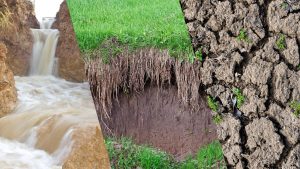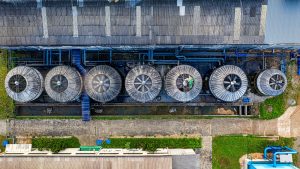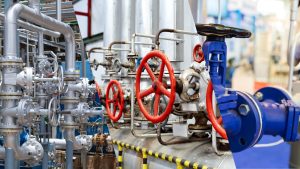This article offers a clear overview of the most common pipes used in the Australian water industry, helping you recognise their key features and benefits. More importantly, it addresses a pressing concern, which is the materials used in water pipes.
What Material are Water Pipes Made Of?
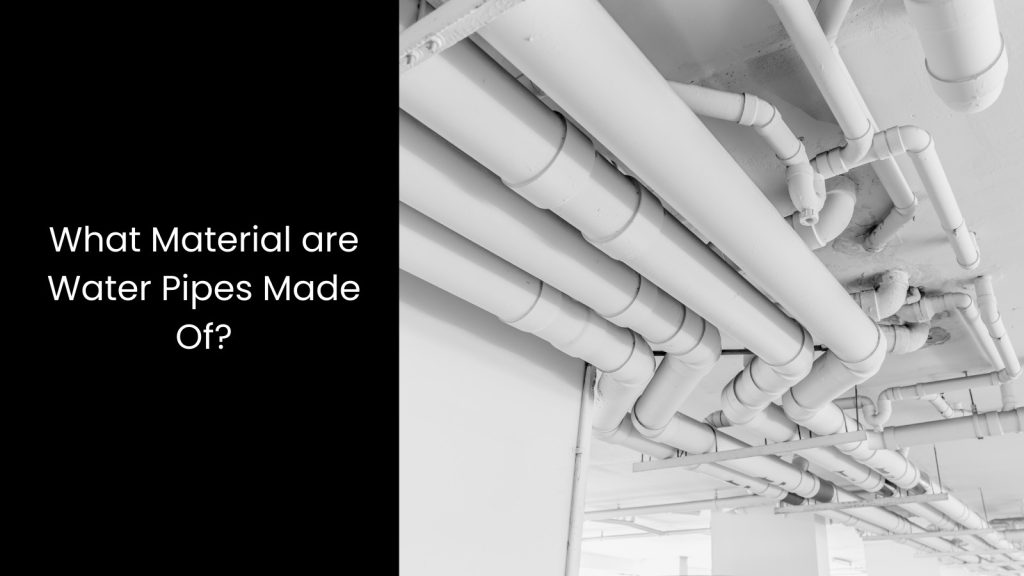
In the below section, we look into the different types of material that Australian water authorities utilise to build their water pipe network. Each has its own uniqueness, and we will explore the benefits, flaws of using them, and the potential in water distribution within Australia.
Copper Pipes
You know, copper is highly resistant to corrosion. This is what makes it ideal for both hot and cold water transport. Traditionally, these pipes were connected using soldered fittings, but advancements in technology have introduced push-fit and crimp systems, which have significantly cut down on installation time and the manual effort needed.
Copper’s sturdy nature generally means it requires fewer fasteners compared to other materials. However, if installers do not secure the pipes properly to studs or walls, it can lead to issues such as reverberation, also known as ‘water hammer.’ This occurs when water is forced to stop or change direction suddenly.
Another concern with copper is its vulnerability to electrolysis, especially when installed underground without protective sleeves, leading to premature failure in some cases. Despite these challenges, copper remains one of the best materials for maintaining clean drinking water, as its natural properties inhibit the growth of harmful bacteria.
Stainless Steel Pipes
This type of piping is particularly useful in environments where water quality is a priority, as stainless steel does not leach harmful substances into the water. As you can see, the latter makes it ideal for drinking water systems.
Also, the durability of stainless steel pipes allows them to withstand high pressures and extreme temperatures. It is common knowledge that this is essential for both residential and commercial applications. On the other hand, stainless steel has a smooth surface that minimises friction. This leads to efficient water flow and reduced energy costs for pumping systems.
Like every coin has two sides, despite these advantages, stainless steel pipes come with some drawbacks. They tend to be more expensive than alternatives like PVC or copper, which can increase installation costs. Moreover, while stainless steel is resistant to corrosion, it can still suffer from pitting and crevice corrosion under certain conditions, especially if exposed to aggressive environments, such as salty or chlorinated water. This susceptibility requires careful consideration during installation and maintenance.
Nonetheless, their longevity and reliability make stainless steel pipes a smart investment in water distribution systems.
Polyvinyl Chloride (PVC) Pipes
These pipes are lightweight, making them easy to transport and install. This specific fact is the reason for reducing labour costs during construction.
PVC pipes resist corrosion and are not affected by rust, ensuring that they maintain their integrity over time, even when exposed to harsh environmental conditions. They can handle both low and high water pressures, making them suitable for a wide range of applications, including residential plumbing, irrigation systems, and stormwater drainage.
One of the key advantages of PVC pipes is their smooth interior surface, which allows for efficient water flow and minimises the buildup of deposits, contributing to lower maintenance requirements. Additionally, PVC does not leach harmful chemicals into drinking water, making it a safe choice for potable water systems.
However, they are sensitive to UV radiation, which can cause them to degrade if exposed to sunlight for extended periods, so they need proper protection when installed outdoors. Furthermore, while PVC pipes are generally resistant to many chemicals, they can be vulnerable to certain solvents.
Chlorinated Polyvinyl Chloride (CPVC) Pipes
One significant advantage of using CPVC pipes is their inherent resistance to corrosion and scale buildup, which ensures a longer lifespan and reduced maintenance costs over time. These pipes also provide excellent flow characteristics due to their smooth interior surfaces, allowing for efficient water movement and minimising pressure loss.
Moreover, CPVC is lightweight, as we mentioned before, which simplifies transportation and installation while contributing to lower labour costs.
The Australian water industry tends to appreciate CPVC’s ability to withstand temperatures up to 90°C (194°F). Did you know this fact? Yes, this makes it suitable for various applications, including plumbing, irrigation, and fire sprinkler systems. However, it is true that CPVC is resistant to many chemicals; at the same time, it can still become brittle if exposed to extreme temperatures, which might lead to cracking or failure.
PEX Pipes
PEX pipes come in long coils, allowing for seamless installation in tight spaces and minimising the need for numerous fittings, which can reduce the chances of leaks. These pipes effectively handle both hot and cold water, making them suitable for various applications, including residential plumbing, radiant heating systems, and even outdoor irrigation.
PEX comes with high resistance levels to fight corrosion and scale buildup, which helps maintain water quality and prolongs the life of the plumbing system. This also performs well under extreme temperatures, withstanding both freezing and boiling points, making it reliable in Australia’s diverse climate conditions. Plus, PEX pipes are lightweight, making transportation and handling much easier for installers, which can lower overall project costs.
However, the problem lies in a different aspect. While it is generally resistant to most chemicals, it can be susceptible to damage from UV light, which means it should not be exposed to direct sunlight for prolonged periods. PEX also requires specific types of fittings, such as crimp or push-fit connections, which can necessitate specialised tools for installation.
Evaluating the Future Prospects of Water Pipes Before Installing via Predictive Tech
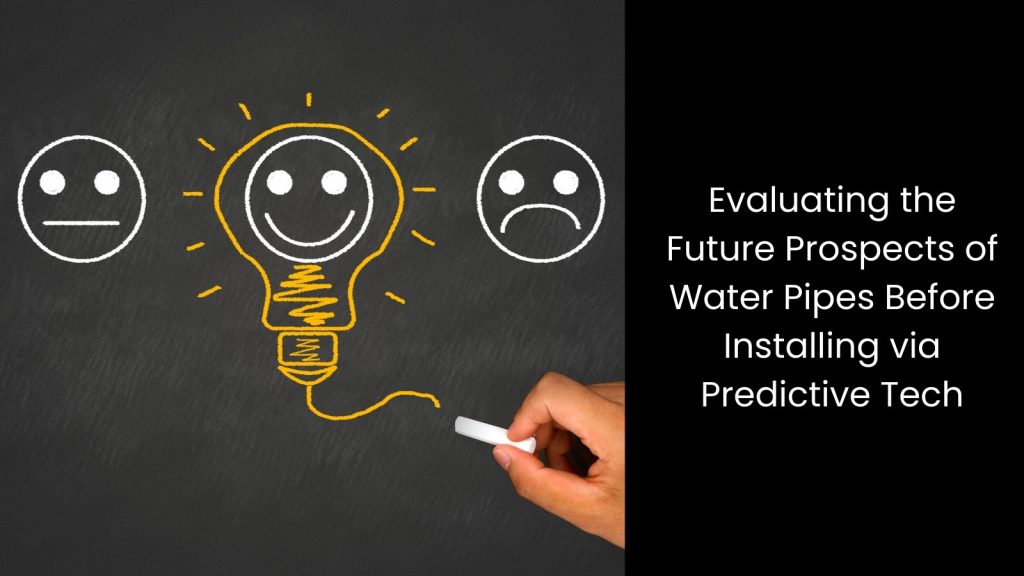
It is not easier to maintain such a large-scale water pipe network without the right tools, as each of the materials has a different potential for various situations. What if you could evaluate their powers before installing them? This is where the journey of assessing water pipe installation through predictive technology evokes hope for a better, more efficient future. With a robust Water Asset Management Solution that has predictive analytic powers, you not only enhance the water network’s efficiency but also contribute to a water-smart future for generations to come.

